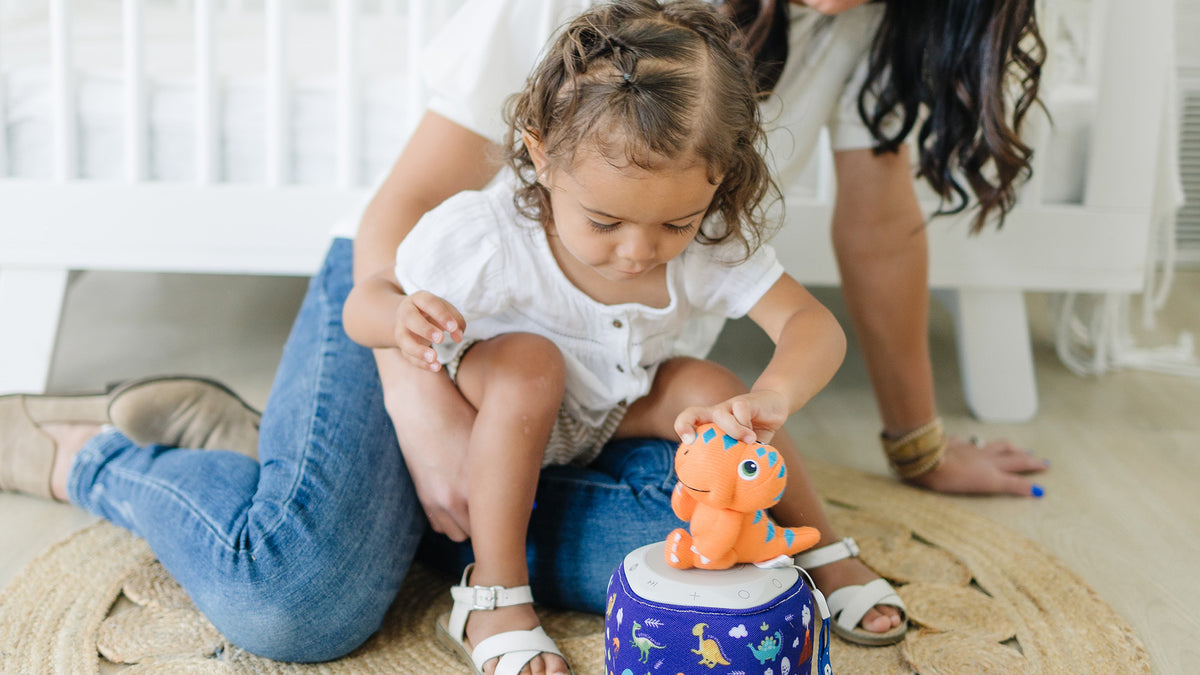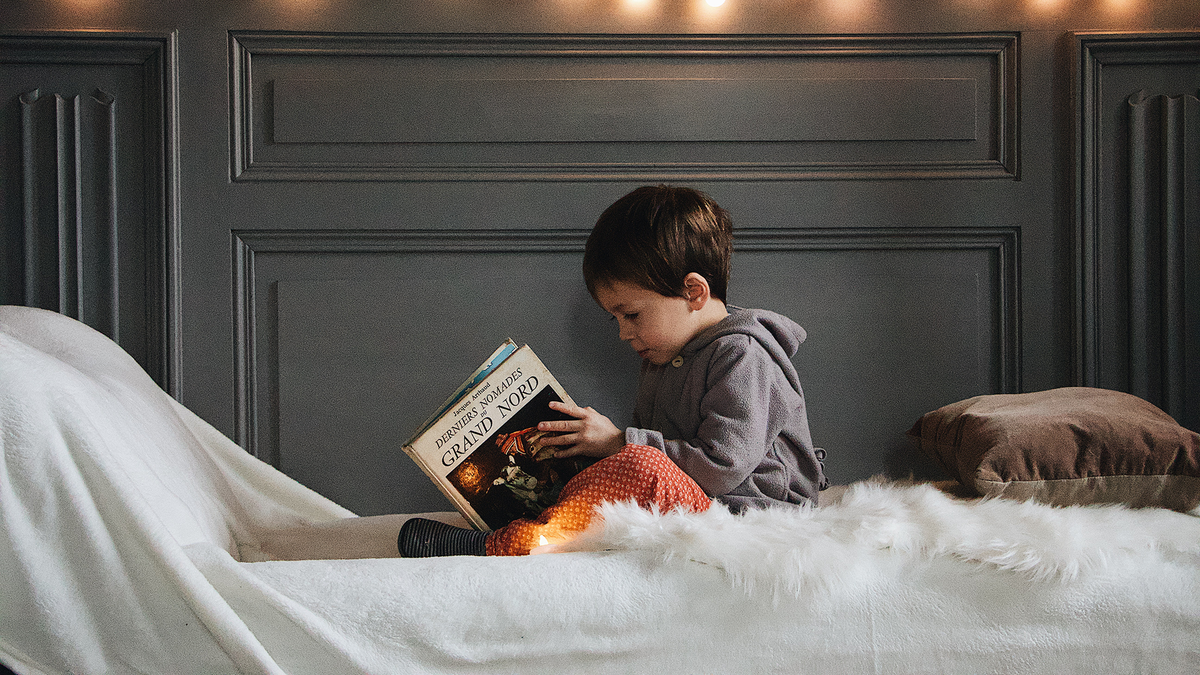When it comes to your 1-year-old's sleep, establishing healthy sleep habits is crucial for their overall well-being and development. By understanding what a typical sleep pattern should look like for a one-year-old, you can ensure that your child gets the rest they need for optimal growth and learning.
- How much sleep does a 1-year-old need? - Most 1-year-olds need around 11 to 14 hours of sleep in a 24-hour period. This includes both nighttime sleep and daytime naps. However, each child is unique, and their sleep needs may vary slightly. Pay attention to your child's individual cues and adjust their sleep schedule accordingly.
- Nighttime sleep - Nighttime sleep is the foundation of your child's rest. Ideally, a one-year-old should sleep for about 10 to 12 hours at night. To encourage a good night's sleep, establish a consistent bedtime routine. This can include activities such as a warm bath, reading a bedtime story, or cuddling with a favorite toy. A consistent routine signals to your child that it's time to wind down and prepares them for sleep. Ensure that the sleep environment is comfortable, quiet, and dark, as this can promote better sleep quality.
- Naps - Naps are also essential for your one-year-old's sleep. They typically require 2 to 3 naps throughout the day, each lasting about 1 to 2 hours. As your child grows, their nap schedule may change. By observing your child's behavior and sleepiness cues, you can determine the appropriate nap times. Avoid allowing your child to become overtired, as this can make it more challenging for them to fall asleep and stay asleep.
- Create a sleep friendly environment - Creating a sleep-friendly environment is key. Make sure the room temperature is comfortable, between 68 to 72 degrees Fahrenheit (20 to 22 degrees Celsius). Use a firm and safe crib or mattress and remove any loose bedding, pillows, or stuffed animals that could pose a suffocation hazard. It's advisable to place your child on their back to sleep, as this reduces the risk of sudden infant death syndrome (SIDS).
- Stay consistent - Consistency is crucial for good sleep habits. Establish regular sleep and wake times, even on weekends. This helps regulate your child's internal body clock, making it easier for them to fall asleep and wake up at the desired times. Avoid using sleep as a punishment or reward, as this can create negative associations with bedtime.
- Disruptive factors - During this stage, your child may experience sleep regressions or disruptions due to developmental milestones, teething, or separation anxiety. Stay patient and provide extra comfort and reassurance during these times. Avoid introducing any sleep crutches, such as rocking or feeding your child to sleep, as this can create dependency and make it challenging for them to self-soothe.
A 1-year-old's sleep should consist of around 11 to 14 hours of sleep in a 24-hour period, including nighttime sleep and naps. Establishing a consistent bedtime routine, providing a sleep-friendly environment, and maintaining regular sleep and wake times are essential for promoting healthy sleep habits. Remember that each child is unique, so pay attention to your child's individual needs and adjust their sleep schedule accordingly. By prioritizing your child's sleep, you're setting the foundation for their well-being and development.








